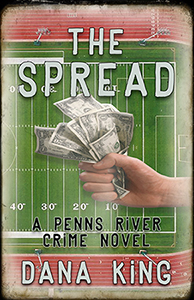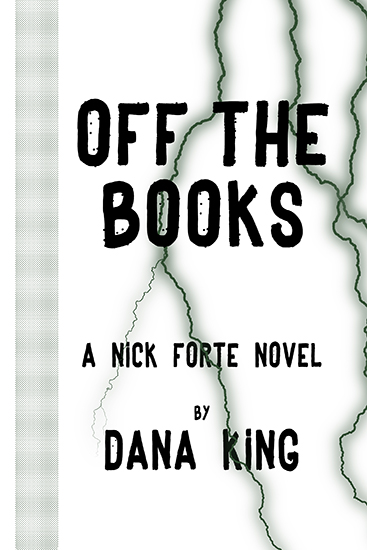The Beloved Spouse™ and I recently performed an experiment. In one night we
·
Watched the movie 3:10 to Yuma (original
1957 version)
·
Watched 3:10 to Yuma (2007 remake)
·
Read Elmore Leonard’s short story
What we discovered was interesting. (Be forewarned. Spoilers
abound.)
First, the 2007 movie is a remake of the 1957 original, not a re-visiting of the source material as the
Coen Brothers did with True Grit. The 2007 version tracks the 1957 version closely, particularly when it came to bits in the movie that weren’t in the book. The biggest difference is in the ending, and an expanded part for Dan Evans’s son, William.
Differences from the book that were in both movies:
·
The main characters’ names, though the same in
both movies. The lawman in the story is named Paul Scallen; the movies use Dan
Evans. The prisoner in the book is Jim Kidd; in the movies he’s Ben Wade. (I
wonder if this had anything to do with a screenplay Leonard later wrote for
Clint Eastwood, Joe Kidd.
·
Scallen’s a marshal who’s doing his job; both
versions of Dan Evans portray him as a rancher down on his luck who takes the
job because he needs the money. I think the story works better. Scallen has the
same doubts and fears as Evans, but he makes sure Kidd gets on the train
because it’s his job. There’s a dignity to that, just as much as the rancher
risking his life to save the ranch.
·
Evans’s family play a much larger role in the
films. In the remake, Evans’s son even tags along to enrich the plot. The
primary role of the family scenes is to humanize Wade through his interactions
with the wife and children. More on Wade’s character below.
·
The original film shows Wade to be ruthless but
thoughtful. He kills one of his own in cold blood in order to create a shot at
the stage driver who held a gun to his man’s head, which he also does in the
remake.
·
Both films add extended backstory to show why
Wade is wanted; Leonard’s story begins with him already in custody.
·
The movies differ in how they leaven Wade’s character. In the original, he and the gang stop into town to misdirect the local marshal. The gang goes off and Wade seduces the barmaid. He treats her well by “two ships passing in the night” standards.
·
The remake goes adds two elements to Wade
character. He’s a pretty good artist, given to sketching birds and a picture of
Evans as he stands guard. He also makes it clear to young William that he
(Wade) is just as bad as any of the rest of his gang, or he couldn’t lead them.
·
That last points out the biggest difference in
the films: their eras. The 1957 version is what I call a “good haircut”
Western. Everyone is well groomed, and the worst of their conduct is only
hinted at. (Except for shooting people. American films have never had a problem
with showing that.) The remake is of the modern revisionist school, much
grittier, with villains who come across as ruthless as they would likely have
been in 1880s Arizona.
·
The casting and acting in both are excellent.
The original cast Van Heflin as Evans and Glenn Ford as Wade. No one was better
than Heflin at playing the ordinary man carrying a burden. Ford plays Wade with
an understated menace that is made more effective through its lack of
histrionics. The remake had Christian Bale playing Evans, outstanding and
believable as always; and Russell Crowe a Wade, displaying with ease the
multiple facets of the personality this screenplay gives him. Who’s better?
Depends on the style of acting you prefer. I like the less declamatory style,
so I side with the 2007 edition, but both are excellent. A special shoutout to
Ben Foster as 2007 Wade’s Number Two, Charlie Prince. I’m a Richard Jaeckel
fan, but Foster provided a level of menace and insanity that helped drive the
entire picture.
So which did I prefer better? The
story is cleaner and far more straightforward, but it had the advantage of
brevity. The movies need to provide an evening’s entertainment. I prefer the
2007 version, due to its revisionist elements and the bits that were added in
getting Wade from Bisbee to Contention to catch the train, as they brought
depth and realism to the story while exploring characters in more detail. The
remake has a dramatically different ending (which I’ll not spoil) that I don’t
have a good explanation for. I don’t think it makes the movie any worse or
better. It’s just different.
We had a lot of fun doing this. A
short story as source material made the process easier (I read it aloud to TBS
after the viewings), but I see potential for a few nights a year with similar
double features. True Grit. The Magnificent Seven. The Taking of Pelham
1-2-3. It’s a quick and entertaining
way to study variations in storytelling, which is never a bad thing.







